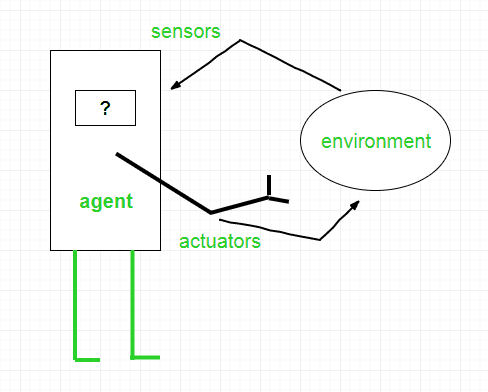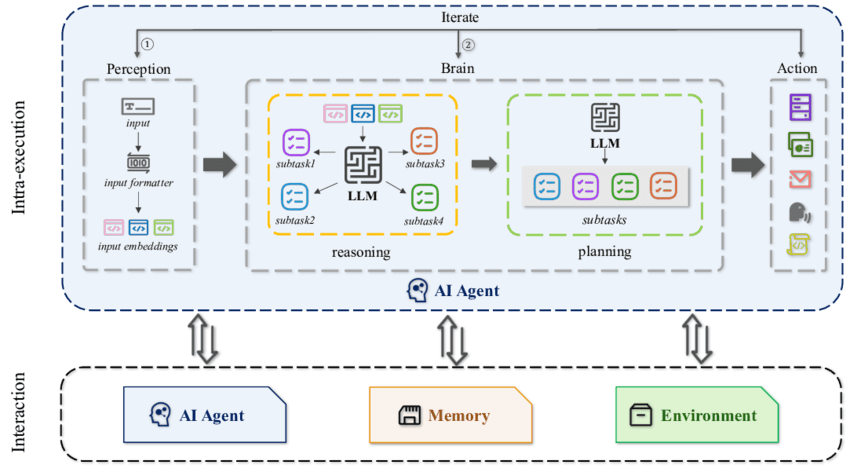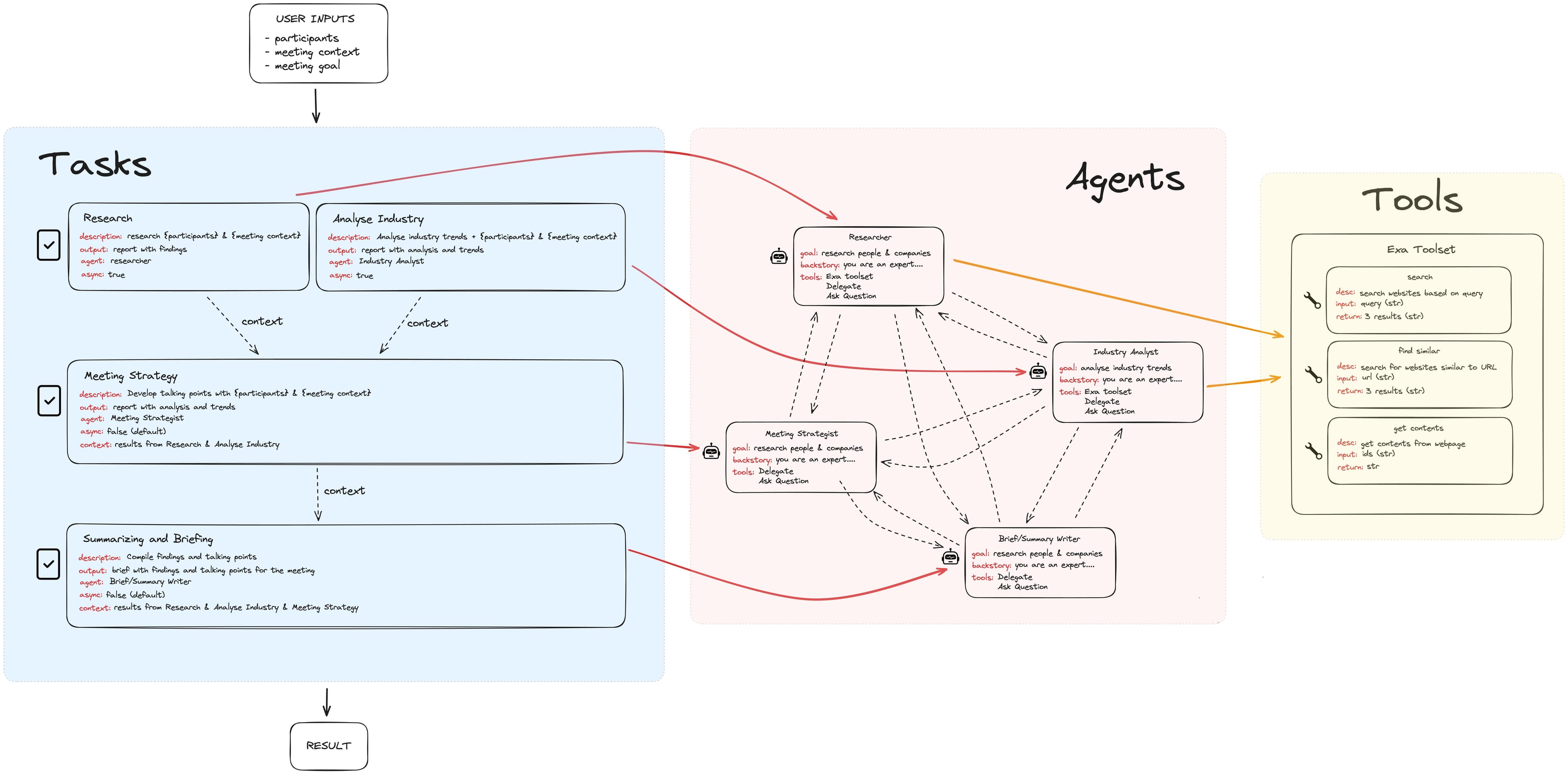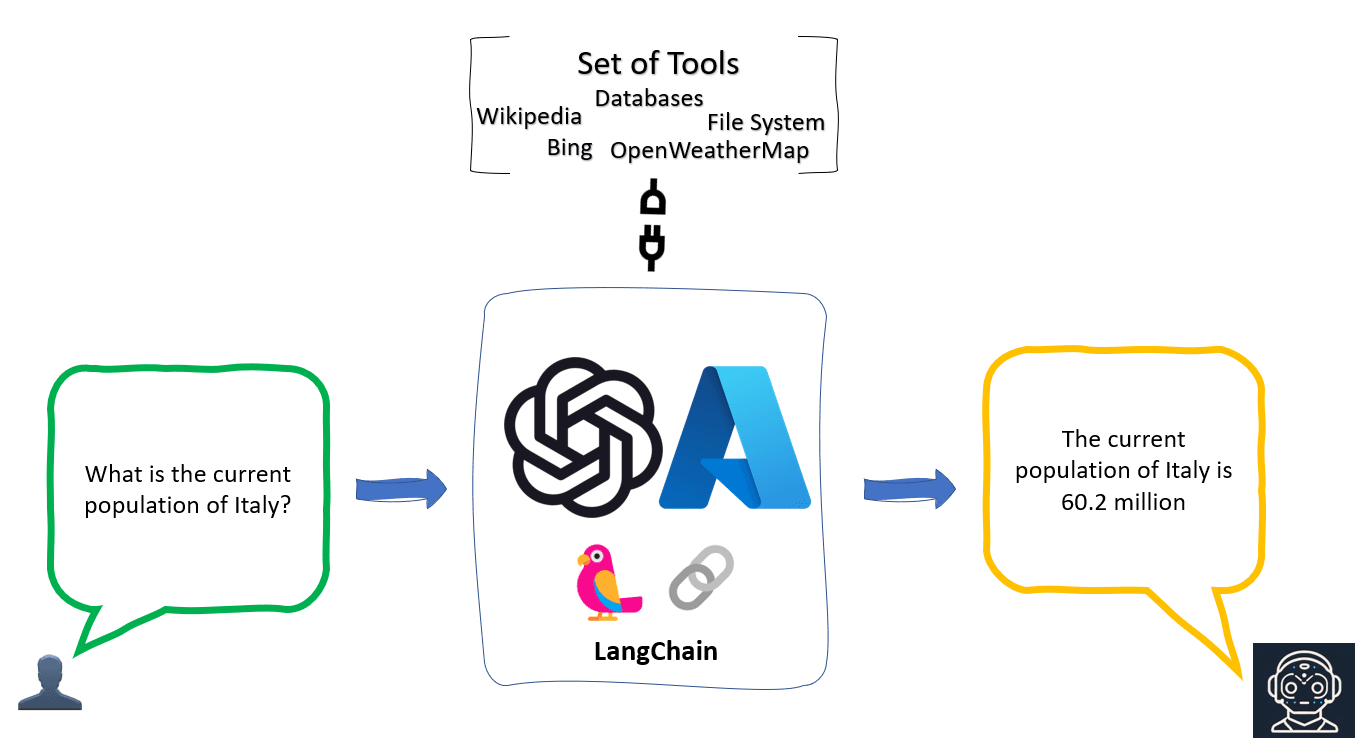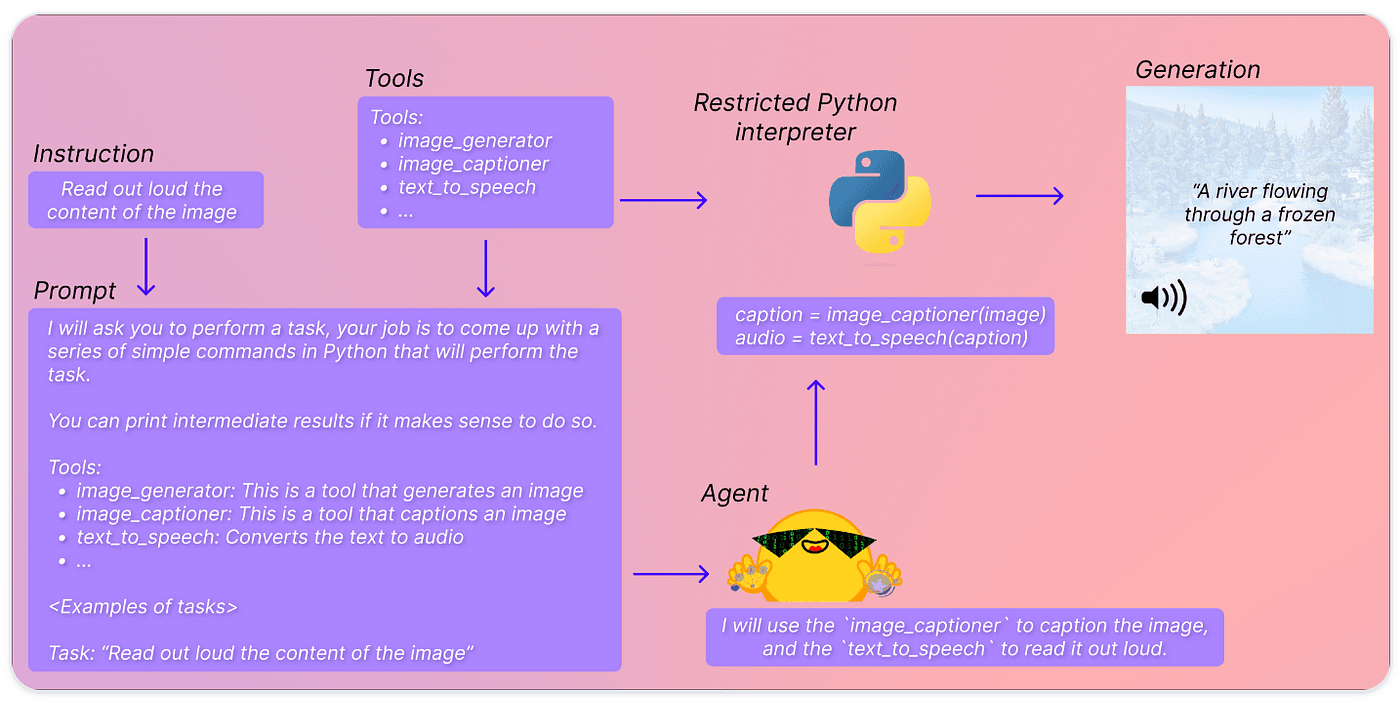The global conversation around artificial intelligence has shifted from “if” to “how fast.” And leading this shift quietly, but powerfully, is a technology often overshadowed by buzzier terms like “machine learning” or “chatbots”, AI agents.
By 2029, Gartner projects that agentic AI will independently handle up to 80% of routine customer service inquiries, significantly reducing the need for human involvement. This shift is expected to drive a 30% decrease in operational costs across support functions.
Static systems that adhere to preset scripts are not what they are. Rather, they see, evaluate, act, and learn like a human decision-maker, but more quickly and extensively.
We’re already witnessing this in action. From AI agents helping route thousands of daily e-commerce queries to healthcare systems using them for real-time patient monitoring, they’re not just theoretical; they’re operational.
So what exactly is an AI agent, and why is it becoming indispensable to modern tech stacks?
In this AI agents guide blog, we will look at some real-world examples, use cases, and an honest look at both its benefits and boundaries.
What Exactly is an AI Agent?
An artificial intelligence (AI) agent is a software entity that can see its surroundings, make choices based on those perceptions, and carry out activities to accomplish a goal. AI agents function independently, often with the capacity to learn and adapt over time, in contrast to conventional automation scripts that need explicit instructions.
AI agents technically adhere to the perceive-think-act cycle. They employ models and logic to analyze data from their surroundings, such as sensor data, digital interface data, or human input, choose the optimal course of action, and then carry it out. Once executed, they analyze the outcome and optimize future behavior.
The rule-based agent, which bases its judgments on pre-established rules, is among the most basic types of AI agents. However, more sophisticated ones are learning agents, which become better with each encounter and are often seen in fields like autonomous systems, customized recommendations, and predictive analytics.
Thus, AI agents are no longer only hypothetical. They can do activities that formerly needed human supervision since they are useful, trainable, and becoming more and more integrated into software ecosystems.
Components of AI Agents
AI agents operate by coordinating a variety of intelligent systems. AI agent frameworks contribute to the agent's ability to successfully observe, think, and act. Here is a condensed overview of the key elements of AI agent architecture:
1. Perception
The agent collects data in this manner via sensors, human interaction, or system logs. It uses its senses to monitor its surroundings, much as humans do.
2. Decision-Making Engines
After receiving information, the agent assesses it to determine the next course of action. Depending on its design, it could make decisions based on predetermined guidelines or its own.
3. Learning Ability
Over time, smart agents become better. They improve with each encounter by learning from user behavior, trends, and previous results.
4. Memory
For an agent to make better judgments in the future, it requires AI memory to retain pertinent data, such as user preferences or past activities.
5. System of Action
This is where choices are made. It moves the agent's thoughts into action, whether that action is responding, altering a setting, or activating another system.
6. Communication Interface
To communicate information and maintain interaction, agents need a means of communicating with people or systems via text, audio, dashboards, or APIs.
7. Goal Tracker
Each agent is designed to fulfill a certain function. This element ensures that its activities stay relevant and focused while maintaining alignment with its objective.
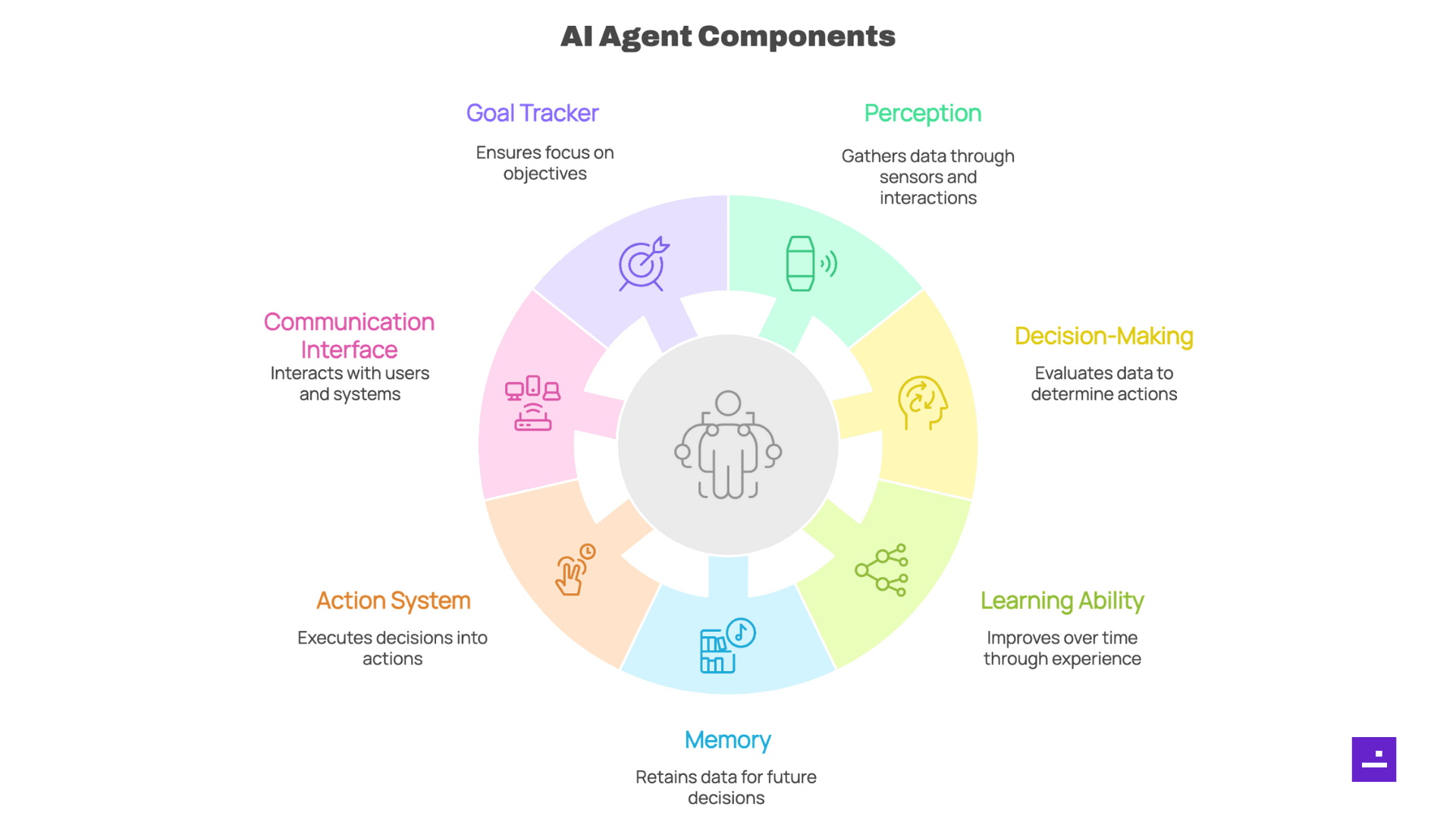
How do AI Agents Work?
It's helpful to divide an AI agent into three main parts to comprehend how it works
1. Environment
Every AI agent works in an environment, which might be a multi-agent simulation, a software system, a robotic system, or even an online marketplace. The agent's judgments are based on observable inputs that are fed from the environment.
In e-commerce, for instance, the environment may include real-time price adjustments, product inventories, and user activity data. To provide the best user experiences, the agent engages with this ecosystem and makes constant adjustments. Consider a recommendation engine that makes quick adjustments in response to a customer's clicks.
2. Perception and Processing
Once the environment sends data, the agent “perceives” it using sensors (in physical systems) or APIs and data pipelines (in digital platforms). It then uses machine learning models, logic rules, or heuristics to process and interpret the inputs.
Let’s say you’re using a virtual health assistant. The agent will take your symptoms as input, cross-check them against trained data, and begin narrowing down possible causes. This step involves probabilistic reasoning, classification models, and often natural language understanding.
3. Decision-Making and Taking Action
After comprehending the circumstances, the agent chooses a course of action that advances its predetermined objective, such as cutting down on wait times, increasing accuracy, or optimizing conversions. Some agents operate with a reactive model, responding immediately based on current input. Others follow a deliberative model, where decisions are based on deeper planning and long-term predictions. More sophisticated agents also evaluate the outcomes of their actions and learn from them, known as reinforcement learning. A common example is seen in robotic process automation (RPA) tools that fine-tune workflows after identifying delays or redundancies.
Suggested Read
What Role Do No-Code AI Agents Play in Modern Business Operations?
View Blog
Applications of AI Agents in Various Industries
AI agents are progressing from research and development to practical implementation, and their influence is quantifiable. Let's look at some of the AI agent use cases supported by trustworthy data.
1. Retail and E-Commerce
AI agents are being used more and more by retail companies to improve product discovery, expedite shipping, and customize customer experiences. These real-time agents, which range from automatic stock replenishment to intelligent recommendation systems, anticipate consumer desires and streamline supply chains. The worldwide market for AI-powered e-commerce is expected to reach $8.65 billion by 2025. It is expected to increase at a compound annual growth rate (CAGR) of 14.60% between 2024 and 2032, reaching $22.60 billion by that time.
Read this blog as well: AI Agents vs Chatbots vs Copilots: Which One Does Your SaaS Really Need?
2. Healthcare
Artificial intelligence (AI) agents in healthcare relieve the strain on overworked medical personnel by automating patient contacts, assisting with early diagnosis, and offering help during triage. Everything from wearable diagnostic devices to healthcare interfaces is powered by these agents.
3. Financial Services
AI agents are used in the financial sector for portfolio management, client service, and real-time transaction monitoring. They lower the likelihood of fraud by identifying anomalous patterns in activity. These customer support representatives respond to questions on account status, payment plans, and even assist customers with intricate procedures like insurance claims or loan applications.
4. Supply Chain and Manufacturing Management
AI agents are used by manufacturers to monitor the effectiveness of their manufacturing lines, spot potentially maintenance-needed equipment, and expedite quality control inspections. Agents in supply chain operations employ shipping routes, warehouse inventory, and delivery schedules to maximize logistics. Their presence guarantees more seamless production-to-distribution transfers and helps cut down on delays.
5. Software Development and Engineering
To enhance the software development process, engineering and software development teams are depending more and more on AI agents. By reviewing code, pointing out problems, and making suggestions for enhancements, agents help developers work more quickly without sacrificing code quality. They aid in work prioritization, sprint board updates, and even the summarization of ticket histories or stand-up meeting notes in project management.
6. Customer Service and Engagement
In customer-facing positions where prompt and precise replies are essential, AI assistants are often used. These agents answer questions, forward tickets to the appropriate departments, and assist around the clock, whether they are integrated into chat programs, help desks, or voice assistants. Their reliability shortens wait times and enhances the client experience.
7. Education and Training
AI agents serve as course aides, tutors, and feedback givers in educational settings. By responding to inquiries, providing resources, and modifying lesson plans to accommodate different learning preferences, they assist students in staying on course. They handle scheduling, automate grading, and track student participation across platforms for instructors.
8. Transportation and Logistics
AI agents in delivery and transportation systems steer cars along the best routes, modify plans in response to weather or traffic, and monitor cargo in real time. These agents make sure that items flow effectively from point of origin to point of destination, whether it's a drone adapting for wind conditions or a delivery truck rerouting to avoid traffic.
9. Legal and Compliance Services
AI agents are used by legal teams to search through vast amounts of information, identify discrepancies, and highlight pertinent passages or case references. These agents save up attorneys' and analysts' time for higher-value work by cutting down on contract review, research, and compliance monitoring.
10. Property Management and Real Estate
AI agents are used by real estate professionals to automate property searches, evaluate market trends, and reply to customer questions. Agents help purchasers find houses that fit their requirements, schedule site inspections, and provide paperwork assistance once a sale is done.
Benefits of Automation with AI Agents
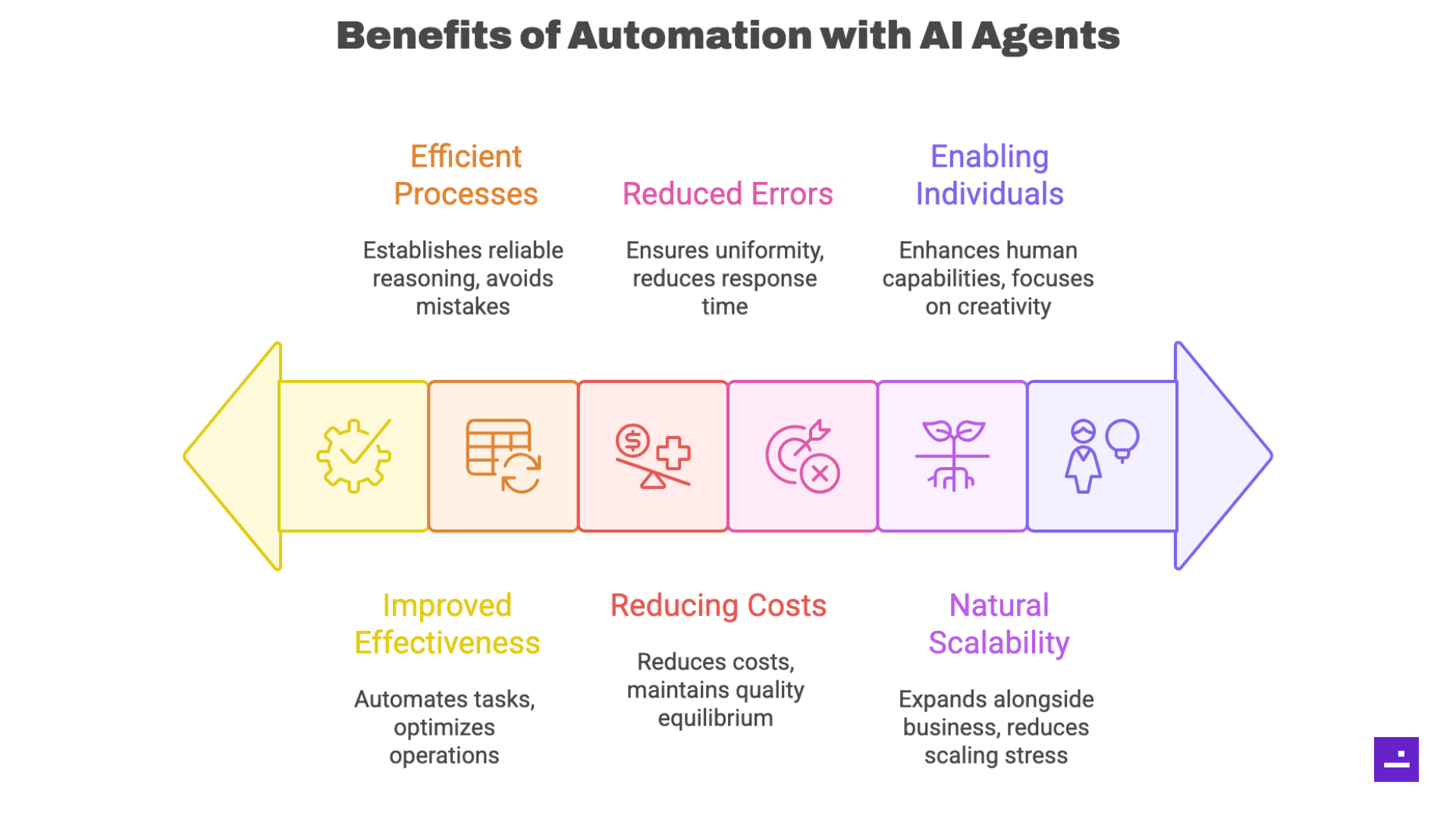
The incorporation of smart agents into business systems is transforming the way companies operate. By automating both everyday tasks and intricate decision-making processes, companies are achieving enhanced efficiency, precision, and scalability. Here are the main benefits of implementing AI-powered automation in various sectors.
1. Improved Operational Effectiveness via Tactical Implementation
AI agent frameworks facilitate automation, allowing organizations to optimize repetitive tasks while maintaining high quality. These agents operate independently, enabling internal teams to concentrate on important tasks while standard operations proceed smoothly. The tactical application of these frameworks guarantees that automation is by overarching business objectives.
2. More Efficient Processes via Organization
The most efficient systems are not only intelligent but also systematically arranged. By utilizing AI agent frameworks, companies establish reliable reasoning regarding the timing and process of decision-making. This organized method avoids mistakes and ensures operations function seamlessly.
3. Reducing Costs While Maintaining Quality
Allowing agents to handle mundane tasks typically leads to a notable reduction in operational costs for businesses. The true achievement, however, is to sustain or even enhance quality in the process. In the realm of enterprise AI, that equilibrium is essential.
4. Reduced Errors, Quicker Delivery
Errors made by hand occur. AI agents, once adequately trained, do not experience fatigue or distraction. They ensure uniformity in results, reducing response time. This efficiency is rooted in an increasing focus on ethical governance for AI agents, guaranteeing accountability even within automation.
5. Natural-Looking Scalability
As a business expands, agents expand alongside it. They require neither training pauses nor orientation. This reduces the stress of scaling for both technology and teams.
6. Enabling Individuals, Not Displacing Them
Automation is most effective when it enhances human capabilities. When agents handle monotonous tasks, it allows individuals to focus on creativity, leadership, and genuine problem-solving areas where humans excel.
Types of AI Agents
| Agent | What they are? | Characteristics |
|---|---|---|
Simple Reflex Agents | Simple reflex agents are the most basic type of AI agents. They operate on a straightforward principle: they respond to the current situation based on predefined rules without considering the history of past perceptions. | Condition-Action Rules: These agents rely on a set of condition-action rules to determine their actions. For example, a thermostat might turn on the heat if the temperature drops below a certain threshold. No Memory: Simple reflex agents do not store past percepts, making them suitable for fully observable environments where the current percept provides all necessary information. Applications: Commonly used in systems like automatic doors, or responds to specific voice commands to turn lights on or off. |
Model-Based Reflex Agents | Model-based reflex agents build upon the simple reflex model by incorporating an internal state that represents the world. | Internal Model: These autonomous agents maintain an internal model of the environment, allowing them to handle partially observable environments by keeping track of unseen aspects. State Update: They update their internal state based on perception history and use this information to make more informed decisions. Applications: Useful in dynamic environments where not all information is immediately available, such as in certain robotics applications. Such as adaptive cruise control for a car that maintains a safe following distance from the car ahead by adjusting speed based on sensor data and traffic conditions. |
Goal-Based Agents | These agents take a more proactive approach, actively seeking to achieve specific goals. This type of AI agent considers various actions and their potential outcomes to choose the best path toward their goal. | Goal Orientation: These autonomous AI agents make decisions based on how actions will bring them closer to a defined goal. Search and Planning: They employ search and planning techniques to determine the best course of action to achieve their goals. Applications: Used in navigation systems like autonomous vehicles, where reaching a destination is the primary objective. |
Utility-Based Agents | Utility-based agents take goal-based agents a step further by considering the best way to achieve goals based on a utility function. | Utility Maximization: These types of AI agents evaluate different actions based on a utility function, which measures the "happiness" or satisfaction derived from each state. Decision Making: They choose actions that maximize expected utility, balancing factors like speed, safety, and cost. Applications: Autonomous drones for search and rescue that evaluate different search patterns and prioritize areas with the highest probability of finding survivors, maximizing the chances of a successful rescue. |
Learning Agents | Learning agents are designed to improve their performance over time by learning from interactions with their environment. | Adaptive Learning: These agents adapt their behavior based on feedback and experiences, using techniques like reinforcement learning. Components: Typically consist of a learning element, a performance element, a critic, and a problem generator to facilitate continuous improvement. Applications: AlphaGo who mastered the game of Go by playing against itself and learning from its mistakes, eventually defeating the world champion. |
Hierarchical Agents | Hierarchical agents structure tasks in a hierarchy, similar to a corporate organization, to manage complexity. This type of AI agents structure allows for more efficient and organized decision-making in complex environments. | Task Decomposition: High-level agents oversee lower-level agents, breaking down complex tasks into manageable sub-tasks. Coordination: Intermediate agents may coordinate activities between different levels, ensuring efficient task execution. Applications: Effective in robotics, manufacturing, and transportation, where task prioritization and coordination are crucial. |
Step-by-Step Process of How to Build AI Agents with LangChain
If you’re new to LangChain or just trying to wrap your head around how it all works, here’s a simple, real-world breakdown of how to get started, no fluff, no unnecessary complexity.
Step 1: Understand What You’re Building
Before you even open a code editor, take a moment to think through your goal. Are you creating a customer support bot? A research assistant? Something that executes commands or fetches data? Defining the “why” helps set the direction for the tools and logic you’ll use.
Now, here’s how to build an AI agent with LangChain: start by mapping out the steps your agent should take. For instance, should it retrieve information, then summarize it? Or make decisions based on user input and external data? LangChain lets you turn those thoughts into structured workflows.
Step 2: Set Up the Environment
LangChain is Python-based, so you’ll want to set up a basic Python project. Install LangChain with:
Pip install langchain
You’ll also need an API key for your language model (like OpenAI or Anthropic) and any other external tools you plan to use, such as a search API, database, or vector store.
Step 3: Add Memory and Conversation Flow
One of the things that makes LangChain powerful is its memory system. This lets your agent remember past interactions and respond accordingly, instead of acting like it has amnesia every time.
You can start with a simple in-memory store or plug in more advanced memory tools like Redis or Pinecone. This helps your agent keep track of the conversation and reference past messages naturally.
Step 4: Use Prompt Templates to Guide Behavior
LangChain supports flexible prompt templates so your AI doesn’t just blurt out answers, it thinks, formats, and replies in the style you define. Here’s where prompt engineering AI agent logic comes into play.
You can create prompts with placeholders (like {question} or {context}), which get filled dynamically as your agent processes input. This is incredibly helpful for keeping your interactions consistent and controlled.
Step 5: Chain Tools and Logic
LangChain shines when it comes to chaining steps. You can have your agent:
- Search for information
- Analyze it
- Generate a response
- Take an action based on that response
Each step can be built as a separate component, which you then connect together, this modularity is the secret sauce. You’re not just writing one big block of code; you’re building modular AI agents with open source frameworks that can be scaled and reused.
Step 6: Integrate External Tools
Want your AI agent to use a calculator, scrape a website, call APIs, or pull data from your CRM? LangChain makes that relatively simple with built-in tool integrations.
Just plug these tools into your chain, and your agent can use them as needed, almost like a human would pull out a phone or open a browser while solving a problem.
Step 7: Test, Iterate, Improve
Once your agent is live, test it with real questions. Watch how it responds, where it struggles, and how natural the conversation feels. Tweak the prompts, adjust the tools, or even fine-tune your model if needed.
Build AI agent logic like you would build a product, one improvement at a time. You’ll quickly realize that the magic is in the small details: how it handles edge cases, how helpful it is, and whether it actually “thinks” like your users expect.
AI Agent Frameworks
1. Crew AI
CrewAI focuses on orchestrating multiple AI agents to collaborate and solve complex tasks. It’s strengths being - user-friendly interface, scalability, and emphasis on real-world applications. CrewAI is ideal for businesses seeking to automate complex workflows and leverage the power of collective intelligence.
2. LangChain
LangChain focuses on building language model applications, including AI agents. Its strengths include an extensive library of tools and integrations for language models, which enables the creation of sophisticated agents that can understand, reason, and generate text. This is ideal for developers seeking to create AI agents with advanced language understanding and generation capabilities.
3. Autogen
Autogen focuses on creating autonomous AI agents that can collaborate and solve problems. It’s strengths are emphasis on conversational AI and customizable agent behavior and is ideal for building chatbots, virtual assistants, and other conversational AI applications.
4. Hugging Face
Hugging Facefocuses on providing a vast repository of pre-trained language models and tools for AI agent development. It’s strengths include easy access to cutting-edge models and resources, community-driven development, and a wide range of supported languages. And it's ideal for researchers, developers, and businesses seeking to leverage the latest advancements in natural language processing and AI.
5. Specialized AI Agent Platforms:
DataGems
DataGems focuses on marketing automation with AI agents, enabling personalized campaigns and customer insights.
BeamAI
BeamAI specializes in workflow automation, utilizing autonomous AI agents to optimize processes and boost efficiency.
Echobase
Echobase leverages AI agents for efficient document analysis and organization, automating information extraction and management.
The Future of AI Agents:
The way AI agents are evolving today feels less like science fiction and more like a shift in how we’ll work, communicate, and solve problems. Here are five future-facing trends that are quietly reshaping the space.
1. Smarter, Context-Aware Agents
Agents are no longer just task-doers, they’re learning to understand context, retain memory, and respond more naturally. This shift marks one of the most important future trends in AI agents, where intelligence is measured by adaptability, not just accuracy.
2. Collaborative Multi-Agent Systems
In large organizations, individual agents are beginning to collaborate like teams. This evolution signals the future of multi-agent systems in enterprise, with AI agents handling everything from data analysis to automated decision-making, together.
3. Modular System Design
Developers are moving away from rigid, one-size-fits-all bots and toward flexible setups. The future trends of AI agent architecture revolve around modularity, allowing agents to plug in new tools, reasoning engines, or memory modules as needed.
4. Integration with Real-Time Data Sources
Future agents won’t rely solely on static prompts or training data. They’ll be connected to live feeds; APIs, CRMs, or internal databases, to make decisions in the moment, boosting both relevance and accuracy.
5. Personalized User Experiences
Soon, agents won’t just talk like humans, they’ll know their humans. From remembering your preferences to adapting to your tone, AI agents are becoming hyper-personalized, making them far more valuable in both consumer and enterprise settings.
Build Your Own AI Assistants With SoluteLabs!
The journey from conveyor belts to autonomous AI agents illustrates the incredible progress we've made in automation. As we continue to embrace this new era, the potential for innovation and efficiency is boundless. Whether you're in business, technology, or any other field, understanding and utilizing autonomous AI agents to their fullest potential will be key to staying ahead in an increasingly data-enabled world.
With SoluteLabs, building your AI dream team is easier than assembling IKEA furniture (and way less frustrating, we promise!). You bring the vision, we bring the expertise, and together, we'll create AI agents that are so good, that the autonomous AI agents make your competition 'byte' their nails in envy!
Reach out to SoluteLabs today and start building your AI agent dream team. Together, we'll create AI solutions that are not only intelligent but also Ab(solute)ly brilliant! (Pun intended!)

